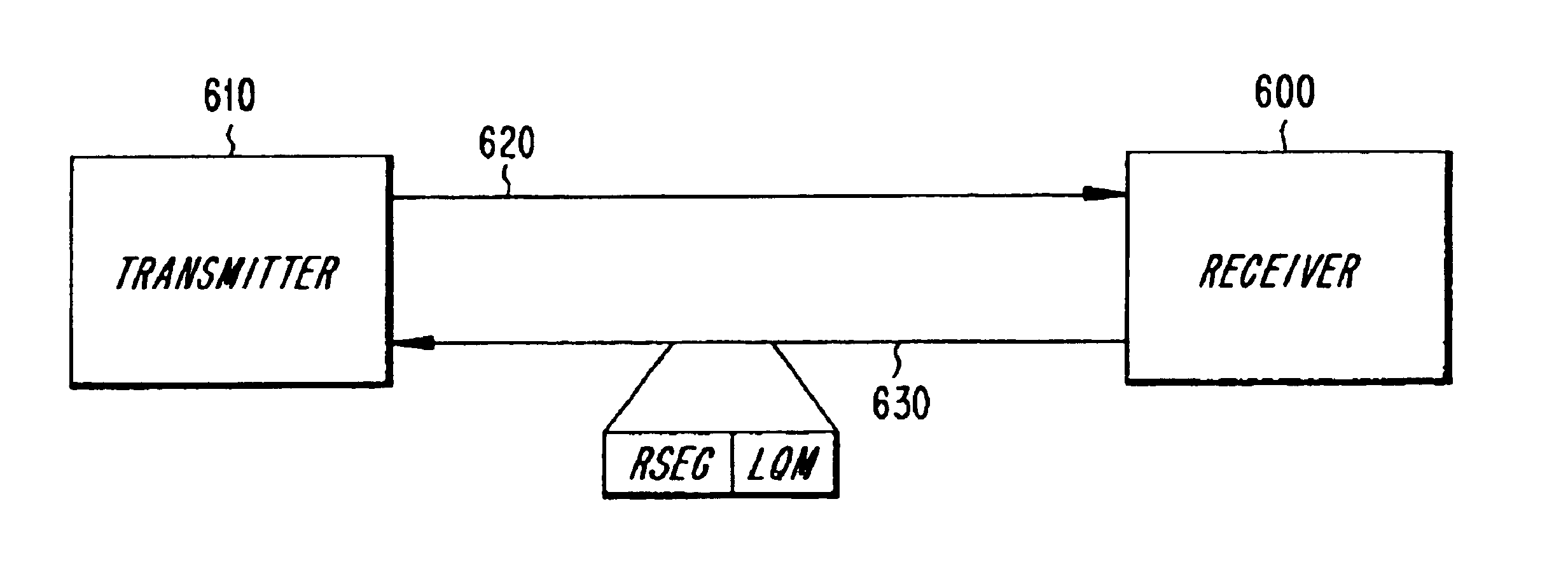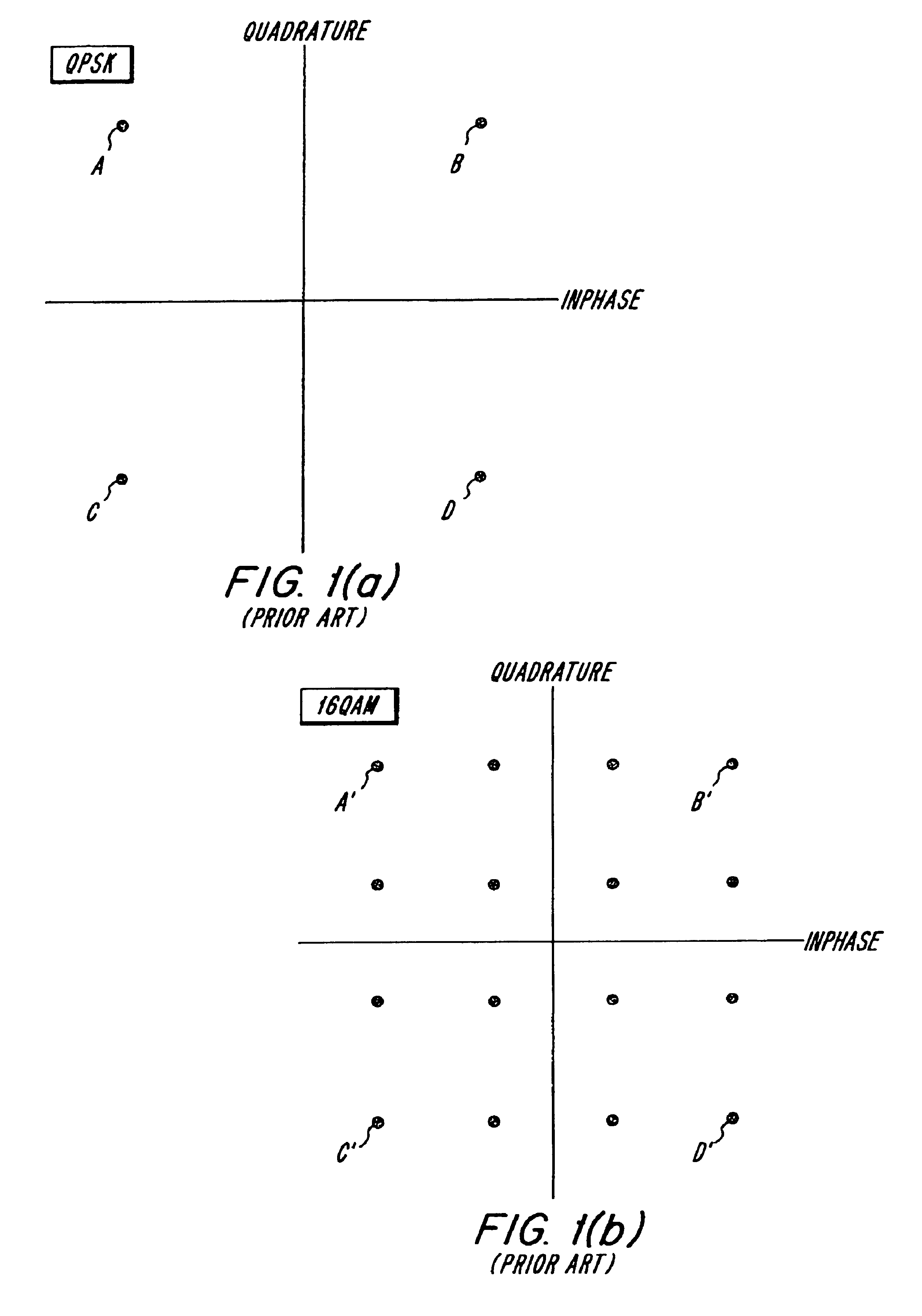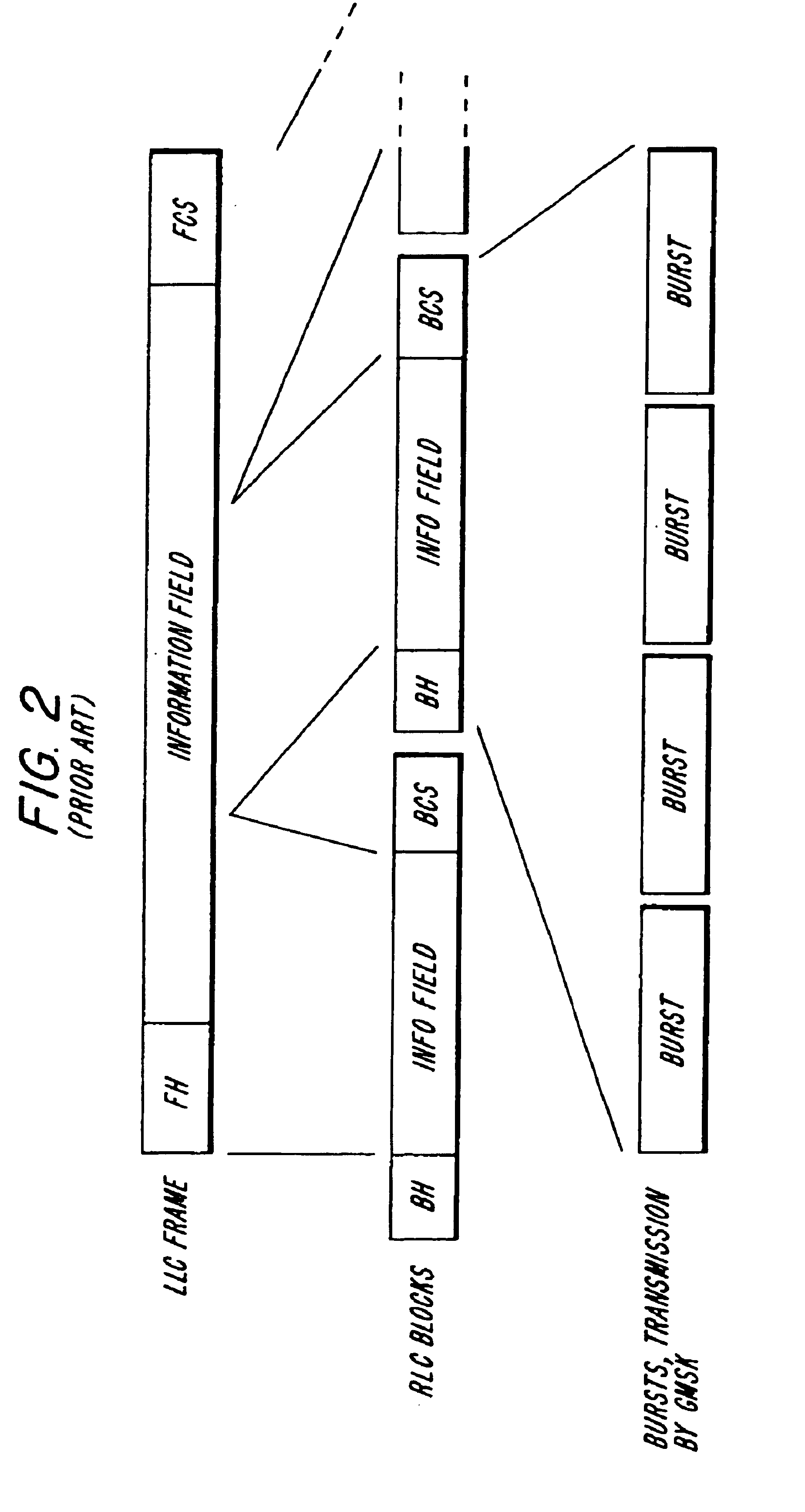Method and system for control signalling enabling flexible link adaptation in a radiocommunication system
- Summary
- Abstract
- Description
- Claims
- Application Information
AI Technical Summary
Benefits of technology
Problems solved by technology
Method used
Image
Examples
Embodiment Construction
The following exemplary embodiments are provided in the context of TDMA radiocommunication systems. However, those skilled in the art will appreciate that this access methodology is merely used for the purposes of illustration and that the present invention is readily applicable to all types of access methodologies including frequency division multiple access (FDMA), TDMA, code division multiple access (CDMA) and hybrids thereof.
Moreover, operation in accordance with GSM communication systems is described in European Telecommunication Standard Institute (ETSI) documents ETS 300 573, ETS 300 574 and ETS 300 578, which are hereby incorporated by reference. Therefore, the operation of the GSM system in conjunction with the proposed GPRS optimization for packet data (hereafter referred to simply as “GPRS”) is only described herein to the extent necessary for understanding the present invention. Although, the present invention is described in terms of exemplary embodiments in an enhanced...
PUM
 Login to View More
Login to View More Abstract
Description
Claims
Application Information
 Login to View More
Login to View More - R&D
- Intellectual Property
- Life Sciences
- Materials
- Tech Scout
- Unparalleled Data Quality
- Higher Quality Content
- 60% Fewer Hallucinations
Browse by: Latest US Patents, China's latest patents, Technical Efficacy Thesaurus, Application Domain, Technology Topic, Popular Technical Reports.
© 2025 PatSnap. All rights reserved.Legal|Privacy policy|Modern Slavery Act Transparency Statement|Sitemap|About US| Contact US: help@patsnap.com



